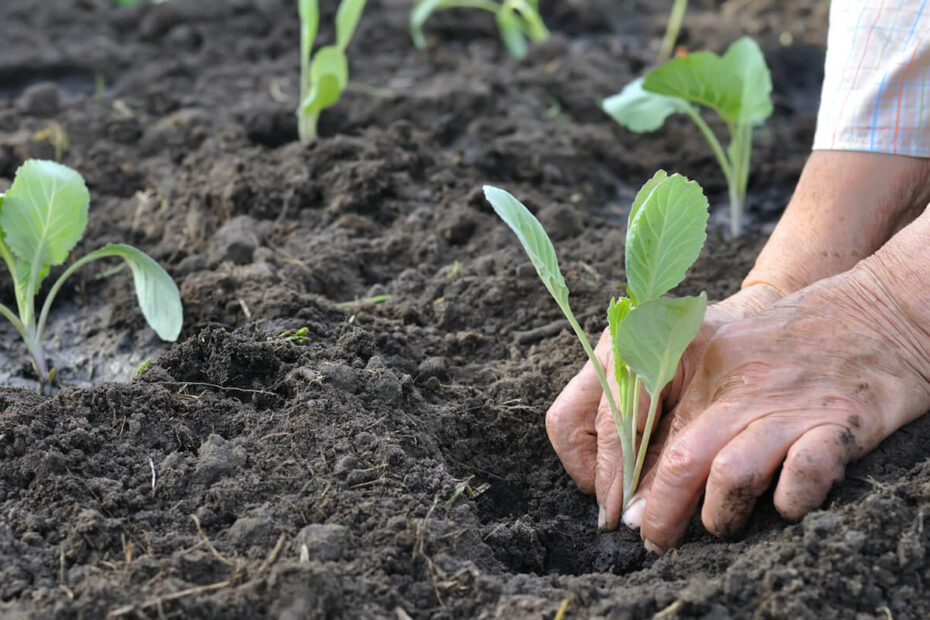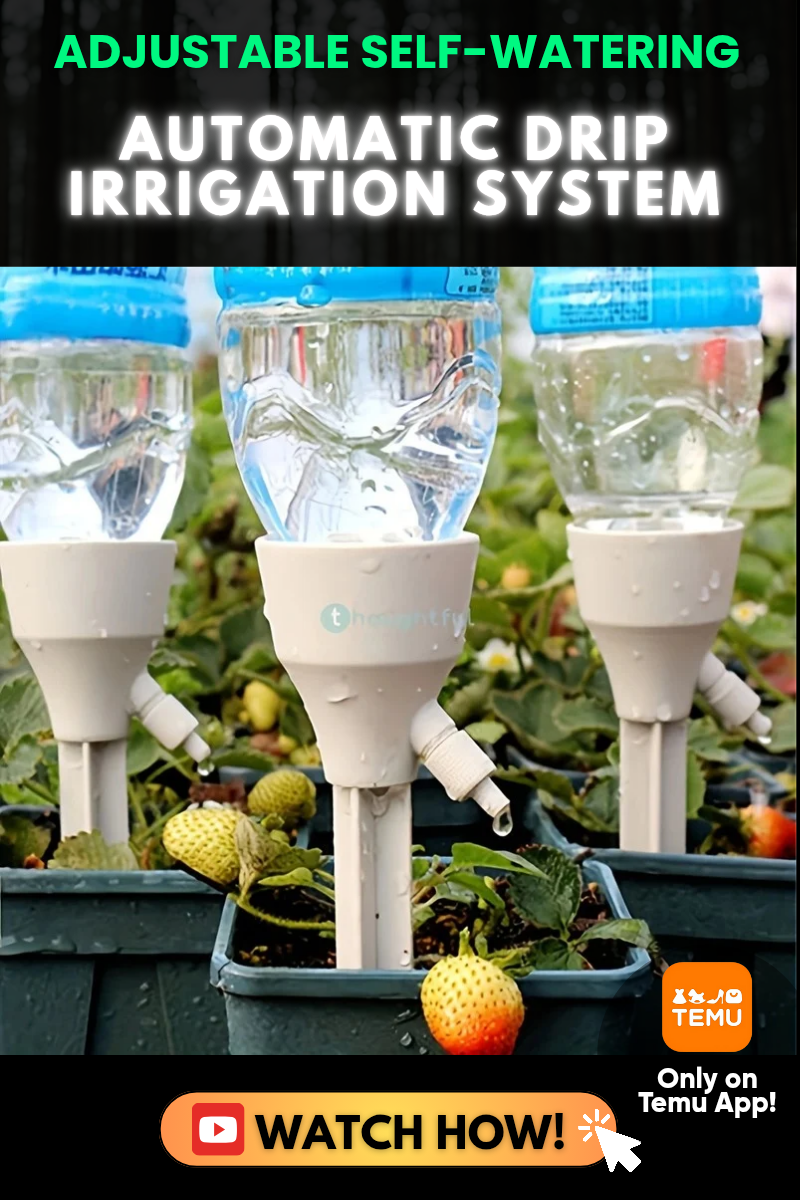The sun peeks through the morning mist, casting a warm and gentle glow upon your thriving garden. As you gaze over the vibrant green leaves and flourishing blooms, you pause, struck by a sudden realization – it’s time to transplant your beloved cabbage. This crucial step in a cabbage’s journey is a delicate dance, requiring finesse and care to ensure its successful growth in a new home. Fear not, dear gardener, for we are here to guide your hand and unravel the secrets of cabbage transplantation. In this article, we shall embark on an enlightening journey through the art of transferring these leafy wonders, uncovering the steps and considerations that will transform your garden into a bountiful cabbage oasis. So, gather your trowel, prepare for an adventure in gardening, and let us dive into the fascinating world of how to transplant cabbage.
Choosing the Right Time and Location for Transplanting Cabbage
Transplanting cabbage can be a rewarding experience, but it’s important to choose the right time and location to ensure success. Timing is crucial, as transplanting too early or late can hinder the growth of your cabbage. Ideally, you should aim to transplant cabbage when they have developed at least four to six true leaves. By this stage, they are strong enough to withstand the transplant shock and can adapt better to their new location.
Another factor to consider is the location for transplanting cabbage. Cabbage thrives in full sunlight, so choose a spot in your garden or raised bed where it can receive at least six hours of direct sunlight each day. While cabbage prefers full sun, it can tolerate some shade, especially during the hotter hours. It’s also essential to select a location that has well-drained soil that is rich in organic matter. Cabbage plants require fertile soil to grow properly and produce healthy heads. If your soil is heavy or clayey, it’s advisable to amend it with organic matter such as compost or well-rotted manure to improve its texture and nutrient content.
| Feature | Description |
|---|---|
| Watering | Ensure the soil is evenly moist throughout the growing season. |
| Fertilization | Regularly feed cabbage plants with a balanced fertilizer high in nitrogen. |
| Spacing | Plant cabbage transplants at least 18-24 inches apart to allow room for growth. |

Preparing the Soil for Successful Cabbage Transplantation
Transplanting cabbage can be a rewarding experience, but it requires careful preparation to ensure the best chance of success. One of the most crucial steps is preparing the soil, as cabbage plants thrive in rich, well-draining soil. Follow these tips to create the perfect environment for your cabbage transplants:
- Clear the area: Start by removing any weeds or grass from the planting area. This will prevent competition for nutrients and help your cabbage plants establish strong roots.
- Amend the soil: Cabbage plants benefit from soil that is high in organic matter. Add well-rotted compost or aged manure to improve soil fertility and drainage.
- Test the pH: Cabbage prefers a slightly acidic soil with a pH range of 6.0 to 6.8. Use a soil testing kit to determine the pH level and adjust it by adding lime to raise the pH or sulfur to lower it.
- Loosen the soil: Cabbage roots need room to grow, so ensure the soil is loose and friable. Break up any compacted layers and remove large rocks or debris.
| Tip | Feature |
|---|---|
| Choose the right location | Ensure the planting area receives at least 6 hours of sunlight per day. |
| Practice crop rotation | Rotate cabbage with other crops to prevent the buildup of pests and diseases. |
| Provide adequate spacing | Space cabbage plants 12 to 24 inches apart to allow proper air circulation and growth. |

Transplanting Cabbage Seedlings with Care: Step-by-Step Guide
Cabbage seedlings require delicate care when it comes to transplanting. Here’s your comprehensive step-by-step guide on how to successfully transplant these leafy green wonders. Follow these instructions with precision to ensure your cabbage thrives in its new environment!
First, prepare the soil where you plan to transplant the cabbage seedlings. Ensure the soil is loose, well-draining, and nutrient-rich. If needed, amend it with compost or organic matter to improve its fertility. Remember to provide ample space between each seedling, as cabbage plants require room to grow and spread their vibrant leaves.
When itR
17;s time for transplanting, gently dig a hole in the prepared soil that is slightly larger than the seedling’s root ball. Carefully loosen the seedling from its container, being cautious not to damage the roots. Place the cabbage seedling into the hole, ensuring that the top of the root ball is level with the soil surface. Firmly press the soil around the base of the plant to secure it in place. Water the newly transplanted cabbage seedling thoroughly, providing enough moisture to settle the soil around the roots.In order to achieve the best results with your cabbage transplants, it’s important to follow some key features and tips. Here’s a handy table to guide you:
| Features | Tips |
|---|---|
| Spacing | Provide enough space between each cabbage seedling to ensure proper growth and airflow. |
| Sunlight | Cabbage plants thrive in full sun, so choose a location that receives at least 6-8 hours of direct sunlight per day. |
| Watering | Keep the soil consistently moist but not waterlogged, as cabbage plants require regular watering to flourish. |
By following these steps and incorporating the suggested features and tips, you’re well on your way to transplanting cabbage seedlings like a pro. With a little care and attention, you’ll soon be enjoying a bountiful harvest of fresh and crisp cabbage leaves in your garden!


